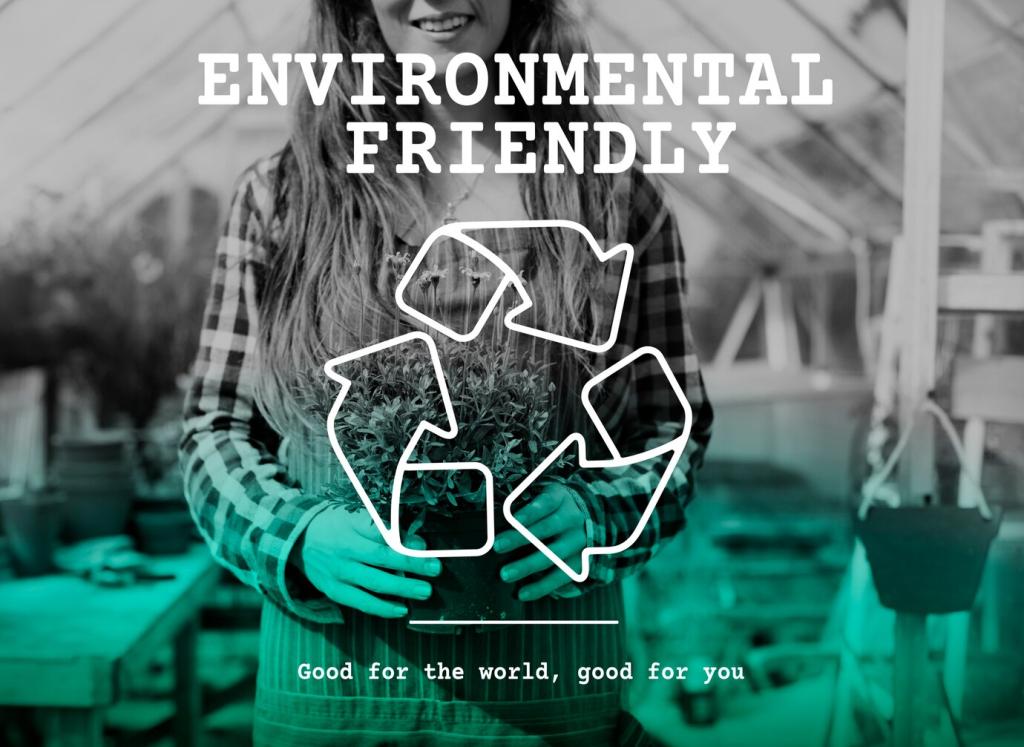Eco-Friendly Insulation Solutions for Interiors
Today’s chosen theme: Eco-Friendly Insulation Solutions for Interiors. Discover how natural, low-impact materials can elevate comfort, reduce noise, and cut energy waste—without compromising style or indoor air quality. Join our community of mindful renovators and share your goals, questions, and wins as you journey toward a quieter, cozier, greener home.







Designing Quiet, Cozy Rooms
Dense, eco-friendly materials like cellulose and cork absorb a wide range of frequencies, softening clatter and reducing transmission between rooms. They complement rugs, drapes, and bookshelves to craft a gentle soundscape. Comment with your acoustic trouble spots, and we’ll suggest layered fixes that respect your style.

Real-World Story: A Drafty Townhouse Transformed

They began with an energy audit and infrared scan, revealing hollow wall cavities and leaky rim joists. Goals were simple: fewer drafts, quieter evenings, and reduced heating costs. Setting priorities kept decisions focused, especially when balancing budget, timeline, and the home’s century-old trim details.

When a DIY Approach Makes Sense
Small projects like attic hatches, rim-joist sealing, or laying cork underlayment can be accessible with patience and protection. Practice safe handling, mask off living areas, and photograph layers as you go. Share your DIY wins and questions so others can learn from your process and pitfalls.

When to Bring in Experienced Installers
Dense-pack cellulose, complex wall retrofits, or work near knob-and-tube wiring may require pros with proper gear and protocols. Skilled teams minimize dust, ensure cavity fill, and protect finishes. If you’re unsure, describe your wall assembly and era; our readers often spot red flags worth addressing.

Safety, Labels, and Trustworthy Data
Look for transparent documentation like Environmental Product Declarations, low-emission certifications, and clear fire ratings. Read installation guides fully before starting. Have a product in mind? Drop the brand and format, and we’ll discuss how it fits eco-friendly goals and your specific interior application.
Budgeting and Long-Term Value
Beyond material price, factor preparation, patching, trim repairs, and potential air sealing. Consider utility savings and maintenance avoided over years. A realistic budget reduces compromises mid-project. Share your square footage and climate zone, and we’ll guide you to right-sized, eco-friendly solutions without overspending.
Budgeting and Long-Term Value
Tackle rooms in a logical order—noisiest or draftiest first—while coordinating with painting or flooring updates to minimize disruption. Keep a photo log of layers for future reference. Tell us your project calendar, and we’ll sketch a phased plan that respects family life and cash flow.


Care, Maintenance, and Longevity
01
Moisture Management Comes First
Prevent bulk water intrusion with sound flashing, gutters, and ground drainage. Use breathable strategies where appropriate so assemblies can dry. If you’ve had past leaks, note locations and materials. We’ll help you choose eco-friendly insulation that balances vapor control and resilience in real-world conditions.
02
Monitoring Without Making a Mess
Track comfort with smart thermostats, hygrometers, and simple utility bill comparisons. Inspect baseboards and window corners seasonally for signs of condensation or gaps. Share your readings and observations; we’ll troubleshoot trends together and recommend small tweaks before they become costly repairs.
03
Upgrades That Age Gracefully
Choose reversible, repairable layers—screw-fixed cork panels, accessible service chases, and clearly labeled junction boxes. Document everything in a home manual. If you plan future renovations, tell us your vision now, and we’ll suggest eco-friendly insulation strategies that adapt as your interiors evolve.
